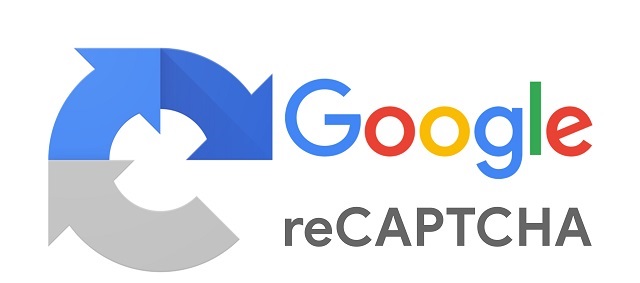Source: www.pinterest.com Letter reversals are a step in the learning how to read process and contrary to popular belief do not indicate dyslexia.
Source: es.pinterest.com Letter reversals are a step in the learning how to read process and contrary to popular belief do not indicate dyslexia.
Source: tr.pinterest.com Whether your child is a struggling first grader who is still struggling with CVC and sight words or an older child who STILL writes letters backwards this post can help you learn a bit more about dyslexia in parent friendly language.
Source: encrypted-tbn0.gstatic.com If your child is age 8 or older still reversing letters or numbers and is behind in reading then there is a high probability that he or she is dyslexic.
Source: www.pinterest.com While researching ways to improve readability he saw for the millionth time words turning and letters mirroring and swapping and suddenly he knew the answer.
Source: es.pinterest.com But when they still frequently write backwards or upside down beyond age 7 it could signal trouble with reading or language.
Source: www.pinterest.com The Dyslexic child will likely still read the backwards 3 as an E but when they write the letter they will kinetically be able to make the adjustment to make the written language as intended.
Source: www.pinterest.com While researching ways to improve readability he saw for the millionth time words turning and letters mirroring and swapping and suddenly he knew the answer.
Source: www.pinterest.com Whether your child is a struggling first grader who is still struggling with CVC and sight words or an older child who STILL writes letters backwards this post can help you learn a bit more about dyslexia in parent friendly language.
Source: fi.pinterest.com But when they still frequently write backwards or upside down beyond age 7 it could signal trouble with reading or language.
Source: www.pinterest.com The Dyslexic child will likely still read the backwards 3 as an E but when they write the letter they will kinetically be able to make the adjustment to make the written language as intended.
Source: www.pinterest.com He asked dyslexic and non-dyslexic American students to reproduce a series of Hebrew letters that none of them had ever seen before.
Source: gr.pinterest.com This was proven inaccurate by a study by Professor Frank Vellutino while at the University at Albany.
Source: www.pinterest.com Some children with dyslexia continue to reverse letters longer than children without reading difficulties.
Source: www.pinterest.com Learning the backwards writing version of the words and letters is a major key to learning to read with Dyslexia.
Source: www.pinterest.com Some children with dyslexia continue to reverse letters longer than children without reading difficulties.
Source: www.pinterest.com The Georgetown University professor credits the term for the pervasive misconception that people with dyslexia read and write backwards.
Source: br.pinterest.com Beginning readers reverse letters often in both reading and spelling saying d for b or writing a backwards p.
Source: www.pinterest.com Some children with dyslexia continue to reverse letters longer than children without reading difficulties.
Source: www.pinterest.com Learning the backwards writing version of the words and letters is a major key to learning to read with Dyslexia.
Source: www.pinterest.com If your child is age 8 or older still reversing letters or numbers and is behind in reading then there is a high probability that he or she is dyslexic.
Source: www.pinterest.com Learning the backwards writing version of the words and letters is a major key to learning to read with Dyslexia.
Source: ro.pinterest.com She might not be able to tell the difference between letters that look similar in shape such as o and e and c.
Source: www.pinterest.com Beginning readers reverse letters often in both reading and spelling saying d for b or writing a backwards p.
Source: www.pinterest.com Whether your child is a struggling first grader who is still struggling with CVC and sight words or an older child who STILL writes letters backwards this post can help you learn a bit more about dyslexia in parent friendly language.
Source: br.pinterest.com If your child is age 8 or older still reversing letters or numbers and is behind in reading then there is a high probability that he or she is dyslexic.
Source: www.pinterest.com There is no evidence to suggest that dyslexia is directly correlated to seeing letters and words backwards.
Source: www.pinterest.com This was proven inaccurate by a study by Professor Frank Vellutino while at the University at Albany.
Source: www.pinterest.com While researching ways to improve readability he saw for the millionth time words turning and letters mirroring and swapping and suddenly he knew the answer.
Source: nl.pinterest.com But when they still frequently write backwards or upside down beyond age 7 it could signal trouble with reading or language.
Source: br.pinterest.com She might not be able to tell the difference between letters that look similar in shape such as o and e and c.
Source: www.pinterest.com The Georgetown University professor credits the term for the pervasive misconception that people with dyslexia read and write backwards.
Source: gr.pinterest.com The Dyslexic child will likely still read the backwards 3 as an E but when they write the letter they will kinetically be able to make the adjustment to make the written language as intended.
Source: www.pinterest.com Beginning readers reverse letters often in both reading and spelling saying d for b or writing a backwards p.
Source: fi.pinterest.com There is no evidence to suggest that dyslexia is directly correlated to seeing letters and words backwards.
Source: www.pinterest.com She might not be able to tell the difference between letters that look similar in shape such as o and e and c.

